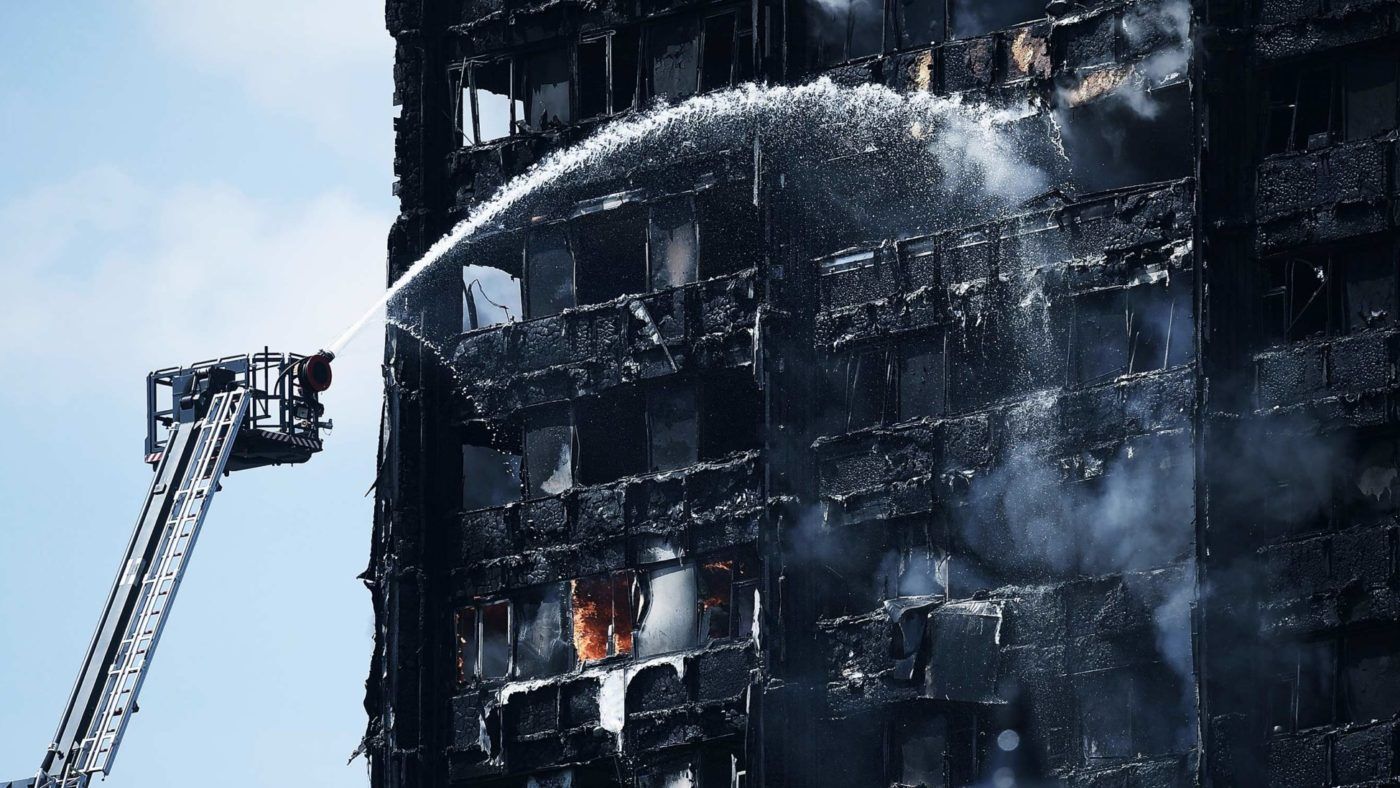The Grenfell Tower fire resulted in terrible loss of life, in the most horrific manner. And much of the commentary on the disaster, on social media and beyond, has been about building regulations – and, in particular, the fact that the tower was not compliant with them.
Some are suggesting this is some sort of slam-dunk evidence of malfeasance on the landlord’s part. But this is to misunderstand how building regulations work.
Anyone who has done home improvements, or sold an old property, will be aware that building regulations do not apply retrospectively: they only apply to new-builds, or new work carried on a property.
Take electrical wiring as the classic example. If you buy a Victorian terrace house that was rewired in 1985, it would have been done so under the rules in place from the 1984 Building Regulations Act. So long as the electrics have not been changed, there is no legal requirement to bring them into line with the current regulations, introduced in 2010. If you chose to rewire the house after that, you would then need to comply with the 2010 regulations and have the work signed off by the relevant party. That’s just the way it works.
In the case of Grenfell Tower, the means of escape in the property were limited, compared with those that would exist in a new-build today. But the tower was built in 1974, when such compliance was not legally required.
Other reports suggest that what caused the fire to spread was the cladding that had been placed on external face of the building – cladding that, it is alleged, had a combustible plastic core along with an airflow that allowed the fire to spread rapidly.
But – assuming that reporting is correct – this cladding, and the other refurbishment work that had been done to the building, was compliant with the 2010 regulations. Even if those regulations may clearly need to be rectified to reduce the risk to future properties.
Some of those on social media accept this point. But they then argue that regulation changes should apply retrospectively. Otherwise, aren’t we just condemning people to keep on living in death traps?
I understand how, in the wake of a tragedy, such ideas might sound sensible. But any such step needs to be mindful of the law of unintended consequences.
You see, there are very good and sensible reasons why we don’t apply building regulations retrospectively. The most obvious being that it would result in a huge swathe of property across the country being condemned.
So it should be, some might say. But if you immediately condemn many, many old properties for being non-compliant with current regulations, at a time when we are constantly being reminded that there is a housing crisis, you are simply going to exacerbate that crisis.
Do not misunderstand me here. I am not making an argument for doing nothing. I am simply stating that it would be neither sensible nor practical to make building regulations apply retrospectively to property because of the disruption and displacement it would cause.
The right thing to do is is assess the risk and act accordingly – rather than have a knee-jerk reaction that would see pretty much every property built before 2010 condemned as illegal.
A good indicator of the right reaction to a safety problem is the story of asbestos. As we all know, asbestos is bad for you. It can cause all manner of health issues if you inhale the fibres – and its import and usage has been banned for years. However, there is still loads of the stuff in properties up and down the land.
That’s because, on its own, asbestos is fine. It only becomes a problem when it is disturbed or in bad condition – and then it needs to be handled very carefully, under regulations and licence.
Places with asbestos are not illegal in and of themselves. We have simply phased it out gradually by changing the regulations, and then dealing with it on a case-by-case basis.
This is the way you deal with safety issues. If the cladding is to blame, then you regulate that sort of fireflow risk out of usage. Then, when you come refurbish places that may be susceptible, ensure that they are refurbished without the risk.
There are seldom simple, quick fixes to these sort of things. Take the King’s Cross Underground fire of 1987. That spread because of wooden escalators, and it started the process of phasing them out in favour of metal. Yet Marylebone station wasn’t changed until 2004 – and the last wooden escalator on the Underground wasn’t decommissioned until 2015.
Grenfell Tower was a tragic and horrific event. But we need to avoid hitting a proverbial nut with a regulatory sledgehammer. Fix the regulations to avoid future tragedies, yes – but if you don’t accept that there’s some risk involved in keeping old buildings, you’re going to have to rip them all down.


